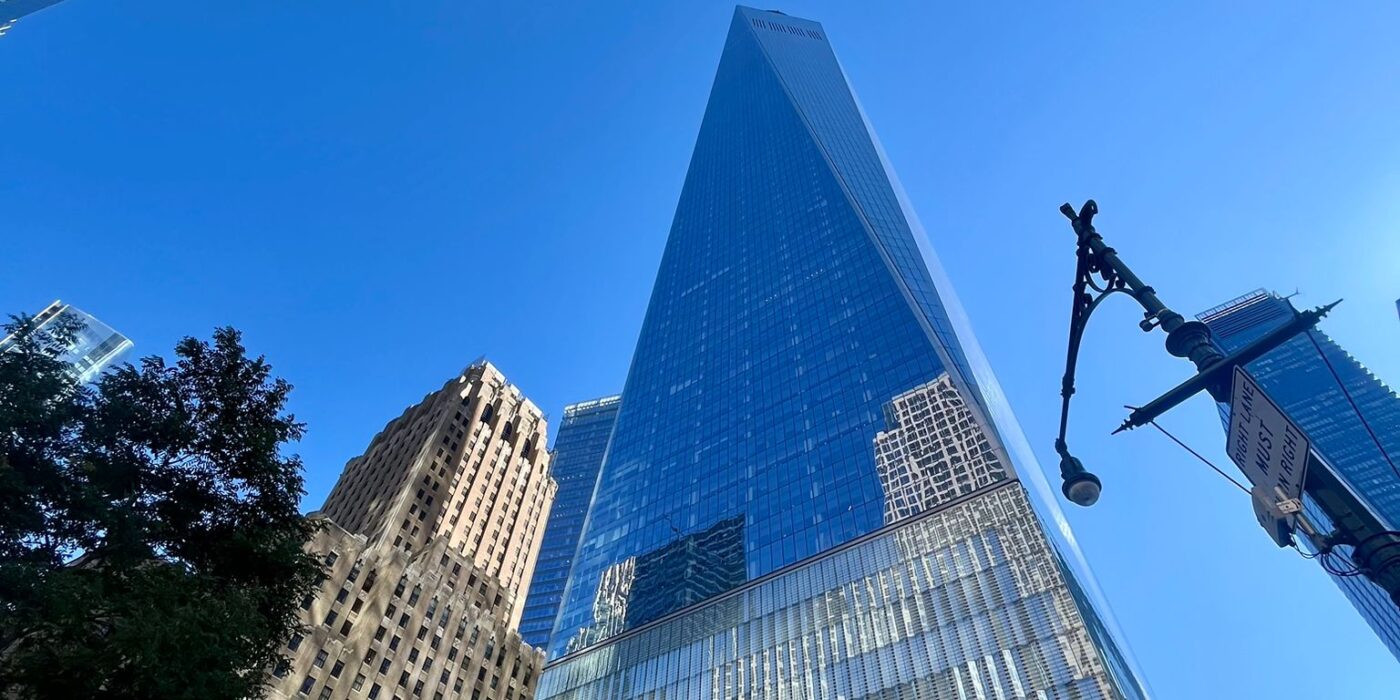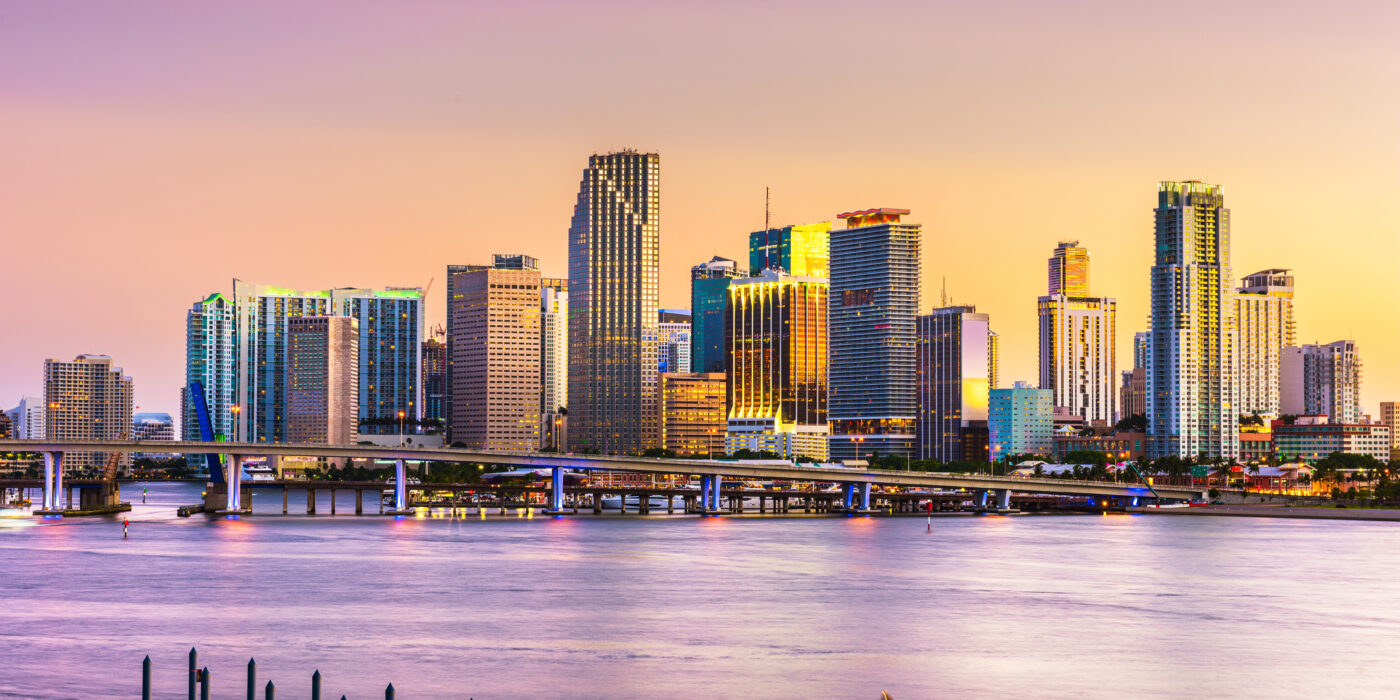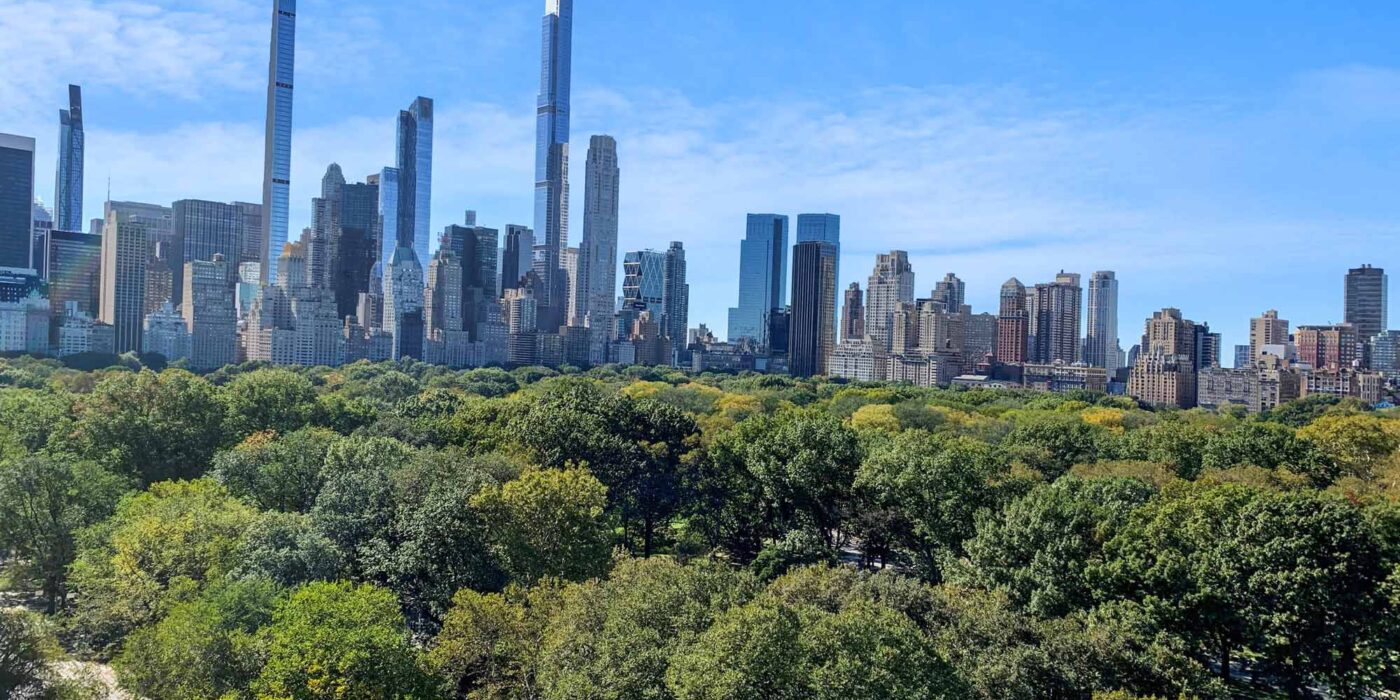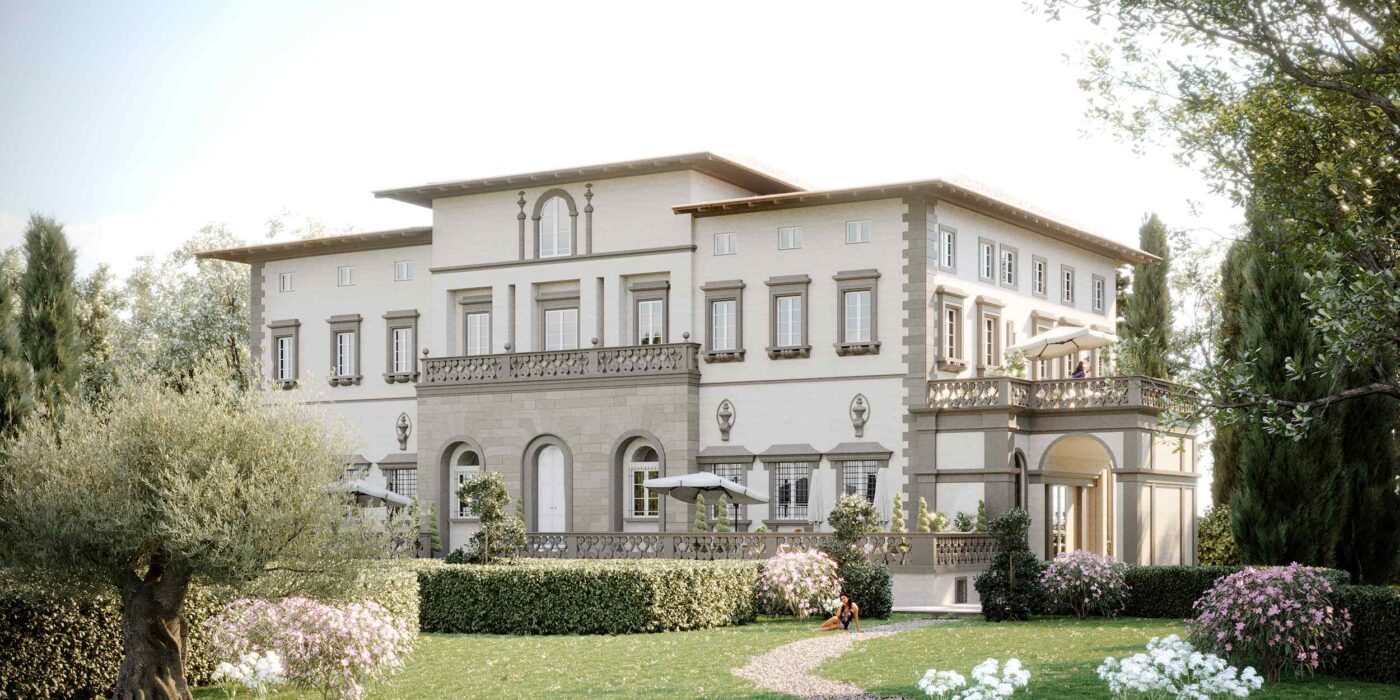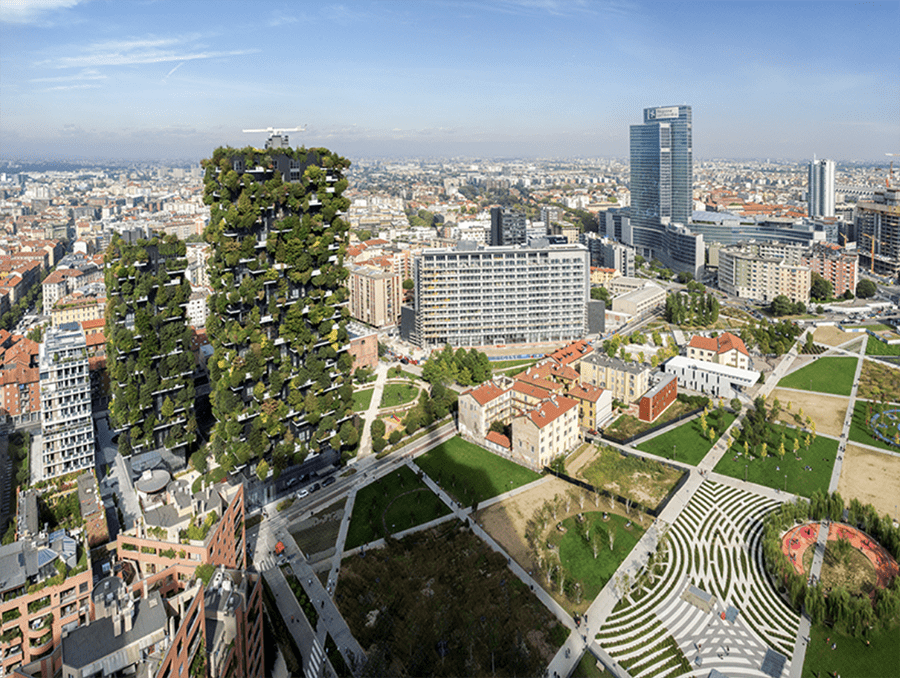Premium Office Space at One World Trade Center: Top Floors Hit Market in Historic Opportunity
The highest office spaces in New York City become available as the iconic building reaches 95% occupancy
One World Trade Center has announced the availability of its crown jewel office spaces—the 89th and 90th floors—marking a significant milestone for the Western Hemisphere’s tallest building. These premium floors, situated approximately 1,100 feet above Lower Manhattan, are entering the leasing market for the first time since the building’s completion.
The 46,000-square-foot space represents what developers are describing as a “once-in-a-generation” opportunity in the competitive New York real estate market. The Durst Organization, which co-developed the 3.1 million-square-foot skyscraper with the Port Authority of New York and New Jersey, is setting premium rates for these spaces, with asking rents reaching up to $160 per square foot—pricing typically associated with trophy properties in Midtown Manhattan.

The new tenants will ascend via a pair of elevators in just 75 seconds to floors featuring impressive 20-foot ceiling heights and panoramic 360-degree views stretching from the Atlantic Ocean to the bridges of the East River. The premium space boasts floor-to-ceiling windows throughout both levels and abundant natural light—features that developers emphasize are essential in today’s amenity-driven office environment.
Eric Engelhardt, who manages leasing for the penthouse levels at Durst, told Bloomberg (which first reported this development) that financial sector tenants are likely candidates for the space. “It’s certainly likely to be something in finance,” Engelhardt stated. “Maybe it’s a venture capital that invests in these technology companies that we have all over the building.”
This premier offering comes at a strategic time in New York’s commercial real estate recovery. Manhattan has seen office leasing activity increase by 46% in the first four months of this year compared to the same period in 2024. Lower Manhattan specifically has recorded its strongest office leasing quarter since before the COVID-19 pandemic began five years ago.
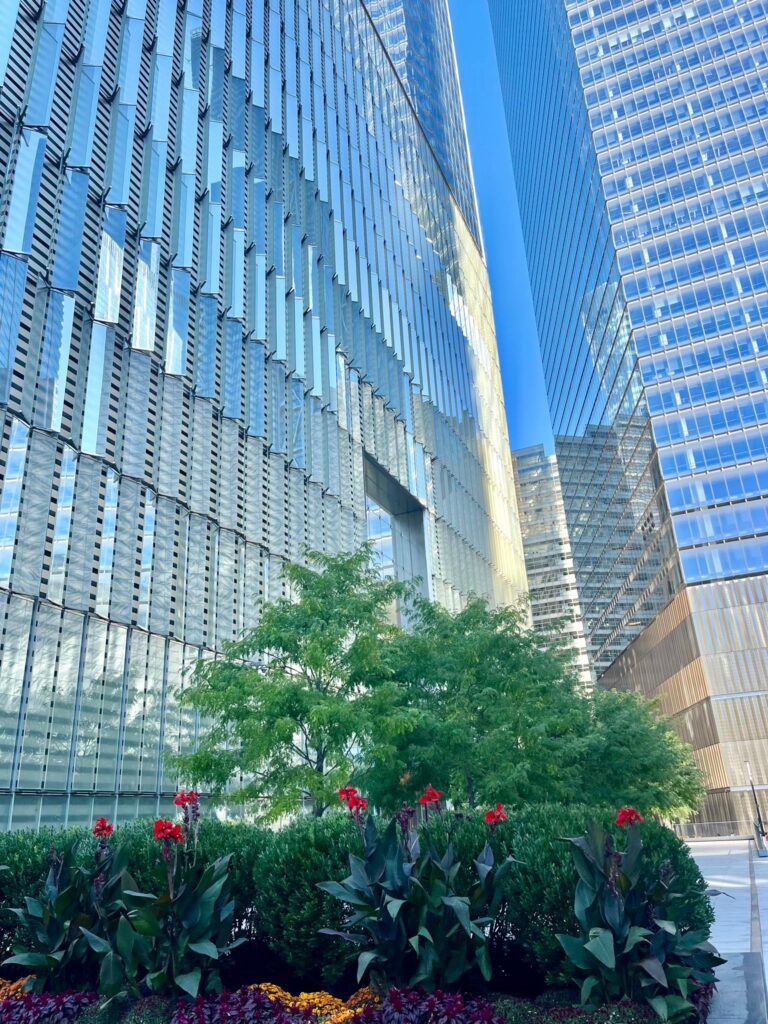
The availability of these top floors coincides with the tower achieving 95% occupancy, according to a press release from the developers. This milestone reflects both the symbolic importance and commercial success of a building that has become an iconic part of New York’s skyline and America’s architectural landscape.
“For a decade after 9/11, it was just a giant hole in the ground and it was very sad for us New Yorkers to endure,” Shaia Hosseinzadeh, founder of OnyxPoint Global Management, which moved into the 45th floor of the tower in 2017, told Bloomberg. “You have this tower that stands as a testimony to the resilience.”
As companies continue strategizing to attract employees back to physical workspaces, premium locations with prestige and exceptional views remain powerful incentives in the evolving workplace landscape.
Source: New York Post
